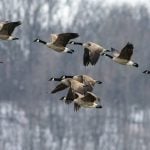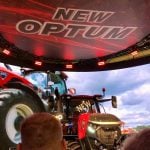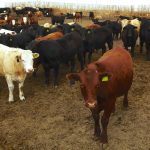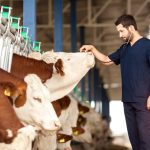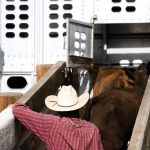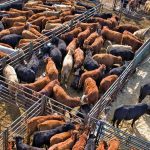I recently chatted with a colleague who has been proofing and copy-editing farm magazines, including this one, for several years. We discussed how things have changed in the industry since the ’80s — mainly the roles of women in farming and ranching, and the related professions. I think women have always been vital to this […] Read more
